Tariffs, tactics, and trust: The path ahead for US-India trade deal
US-India Trade Deal: What May Ultimately Happen
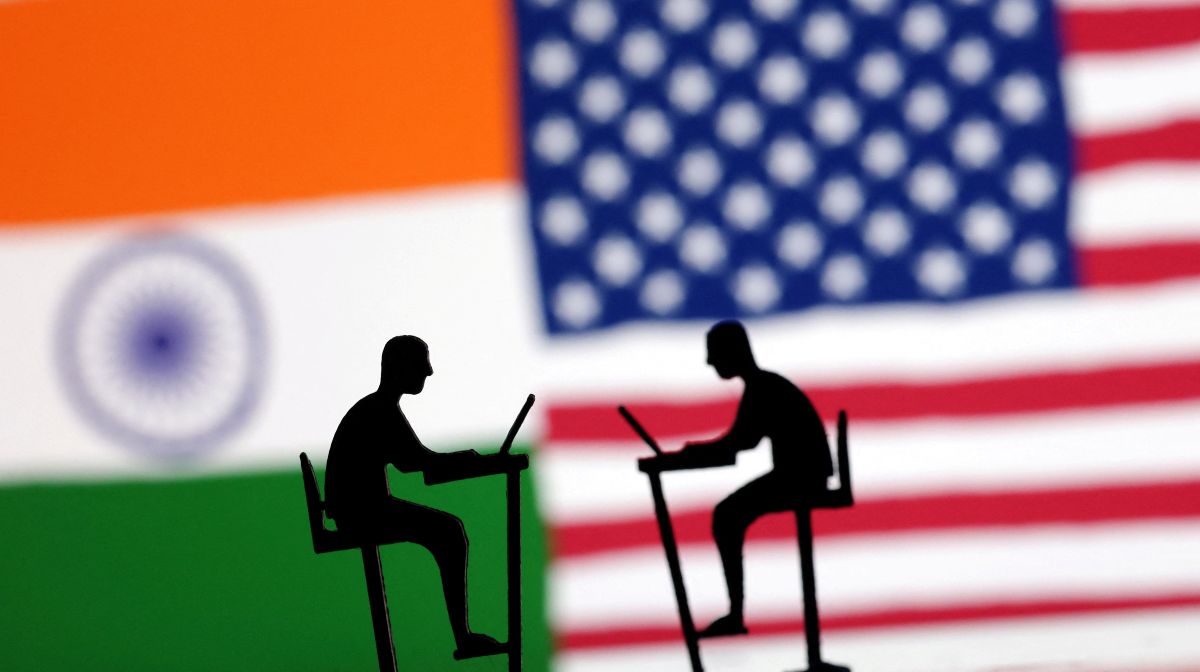 The Indian flag, the U.S. flag and people miniatures with laptops are seen in this illustration taken March 10, 2024. / REUTERS/Dado Ruvic/Illustration/File Photo
The Indian flag, the U.S. flag and people miniatures with laptops are seen in this illustration taken March 10, 2024. / REUTERS/Dado Ruvic/Illustration/File Photo
The US-India trade deal is among the most anticipated bilateral developments in recent years. Much like President Trump’s past negotiations with allies like Japan and the EU, the process has begun with aggressive tariff posturing—initial demands of 25–35% echo his earlier strategies. Yet, those cases often ended with moderate settlements, around 10–15%, after rounds of brinkmanship and transactional bargaining.
A similar path seems likely with India. Trump’s approach is clear: start maximalist, apply pressure, then settle on a compromise that lets both sides claim victory. India, having observed Trump’s trade tactics—driven more by optics than policy consistency—understands this playbook.
India’s Strategic Patience
Under Prime Minister Modi, India will likely approach the deal with calculated patience. With the monsoon session of Parliament in progress and an assertive opposition ready to frame any compromise as “surrender,” domestic optics are critical. Modi’s team will avoid handing critics an easy narrative.
India holds significant leverage and knows it. Agriculture remains a non-negotiable red line; protecting farmers and food security is paramount. However, India can offer non-tariff concessions, including:
-
Defense Purchases: Expanding or continuing major defense deals with U.S. firms.
-
Private Sector Investment: Encouraging Indian conglomerates like Reliance, Adani, Tata, and Dr. Reddy’s Labs to invest in U.S. manufacturing or R&D.
-
Pharma and Tech Partnerships: Deepening supply chain integration in pharmaceuticals and semiconductors, offering long-term strategic value.
External Complications: BRICS and Russia
Recent reports suggest the deal was nearly finalized weeks ago, but shifting geopolitics—particularly India’s oil trade with Russia and discussions at the BRICS summit—have added complexity. While Russian oil was previously a non-issue, it now appears to be a subtle pressure point, possibly to signal displeasure with Moscow’s misalignment with Trump’s global agenda.
Managing Optics and Symbolic Wins
Some friction stems from emotional and symbolic factors. Trump’s diplomatic style often demands a visible “win” for domestic audiences. India will need to navigate this carefully, perhaps offering secondary concessions—such as market access in niche sectors, joint statements, or pilot projects—that allow Washington to claim success while preserving New Delhi’s core interests.
Conclusion
It’s likely that negotiations would prolong a little further, letting political tempers cool, egos settle, and pressure points clarify. The final deal may focus less on tariffs and more on creative compromises that let both nations declare victory. Through strategic patience and diplomatic finesse, India and the U.S. should forge an agreement that balances optics with substance.
The author is president of the Foundation for India and Indian Diaspora Studies (FIIDS).
(The views and opinions expressed in this article are those of the author and do not necessarily reflect the official policy or position of New India Abroad.)
ADVERTISEMENT
ADVERTISEMENT
E Paper
Video



 Khanderao Kand
Khanderao Kand

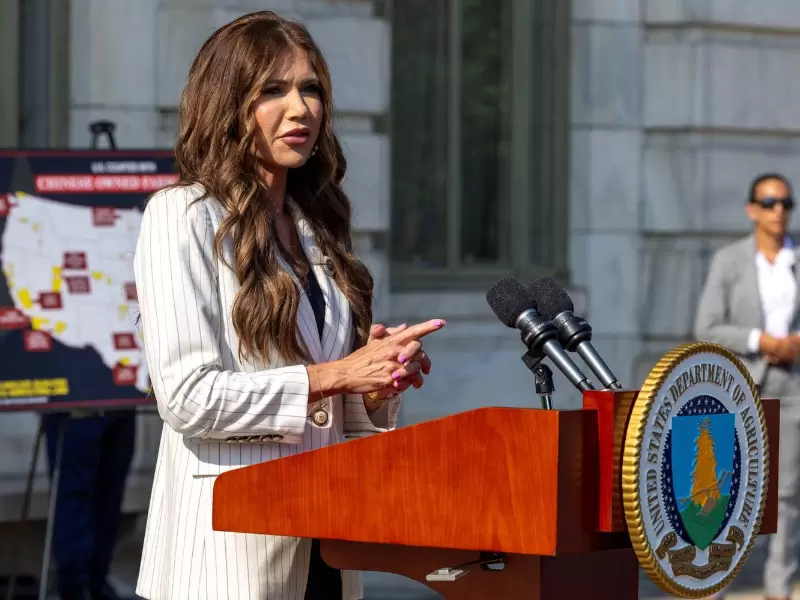


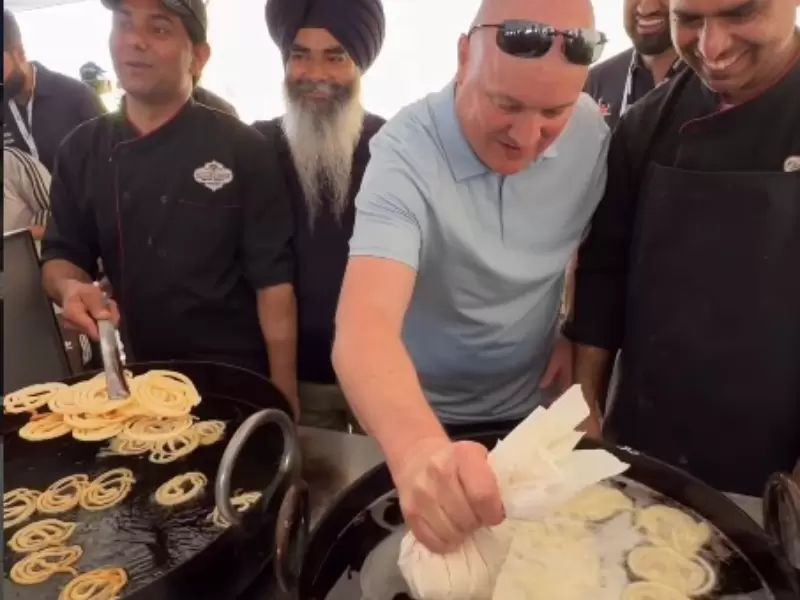
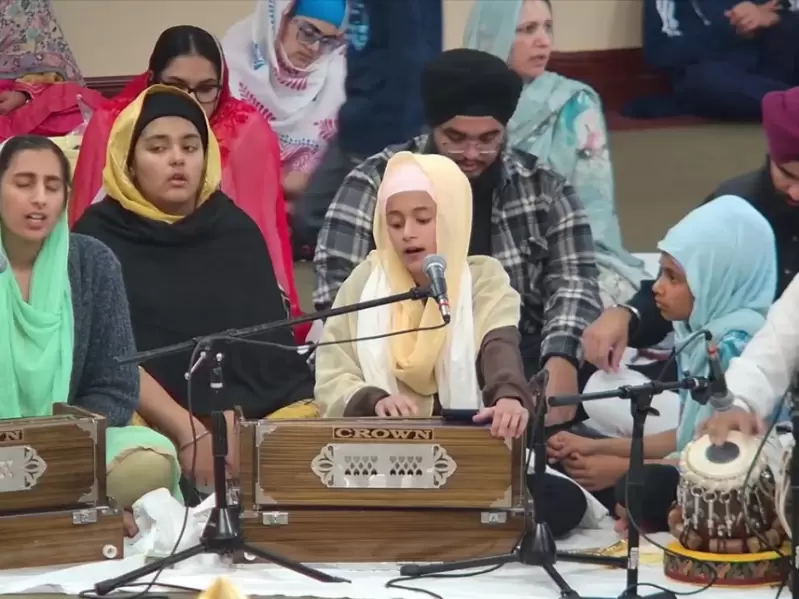
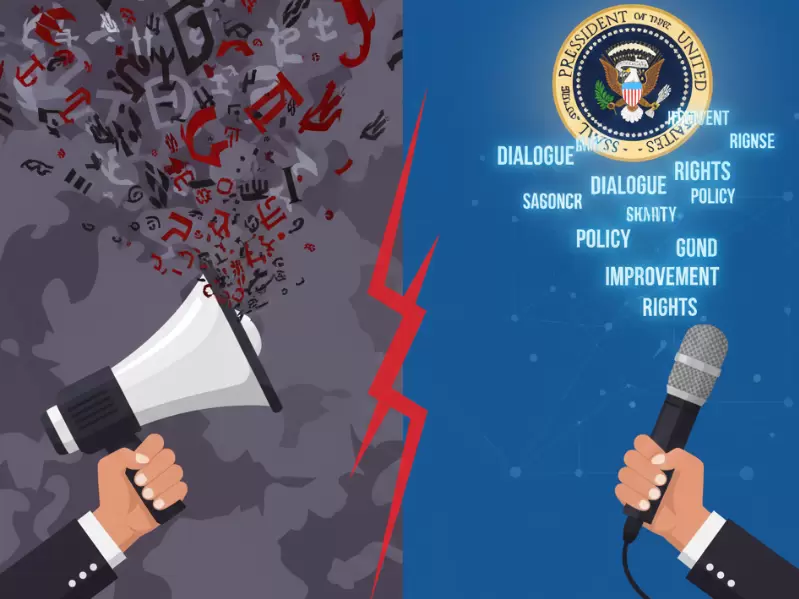

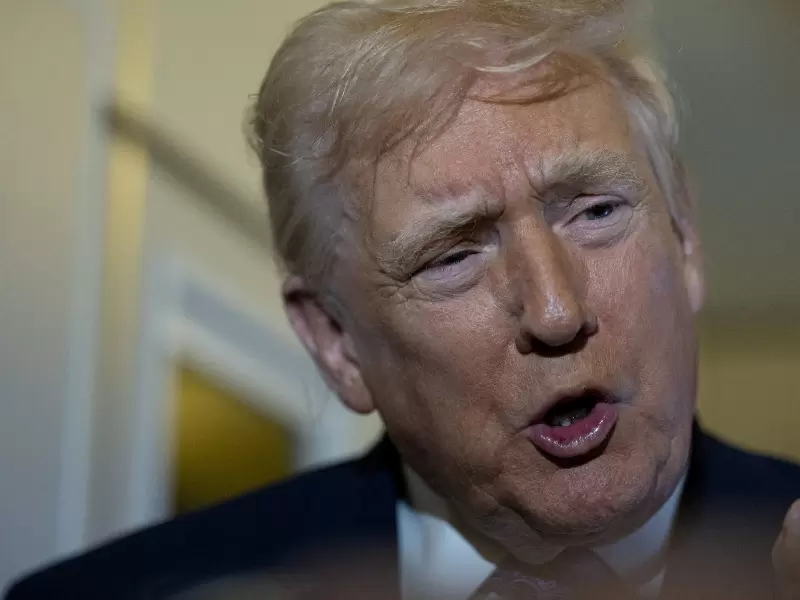
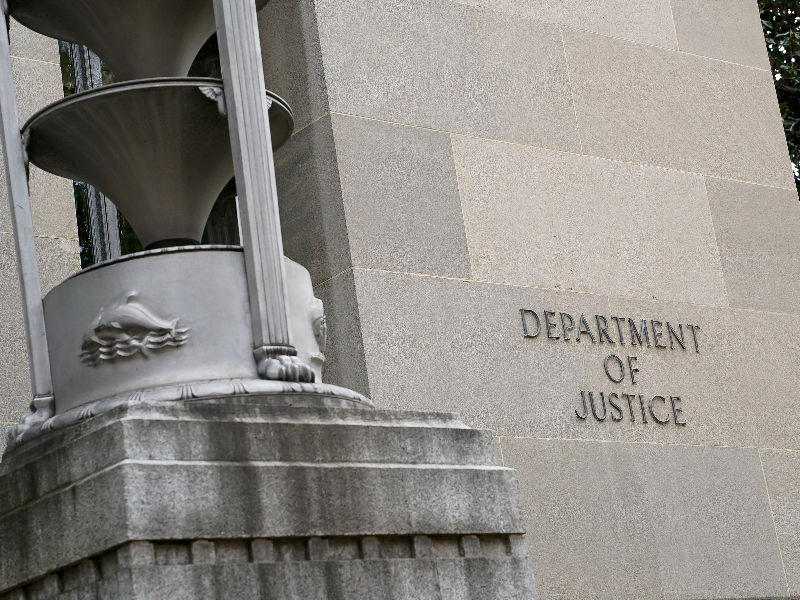


Comments
Start the conversation
Become a member of New India Abroad to start commenting.
Sign Up Now
Already have an account? Login